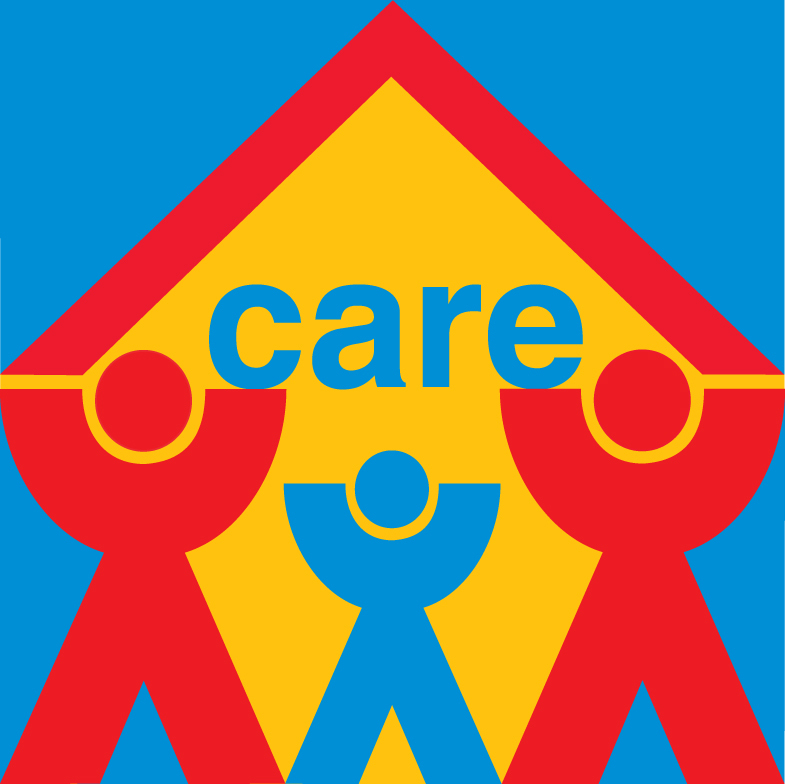Q and A session with Malcolm the vice-president of residential services and Marion the Ranch CEO. The pair took some time recently to answer some commonly asked questions about Ranch Ehrlo.
Q: Are the children at Ranch Ehrlo sent to the Ranch with the parent’s consent?
A: In Saskatchewan, child welfare is a provincial jurisdiction. The laws vary from province to province but the children that are here are either from voluntary agreement with parents which is about 50% of our clients and the other half are either permanent or temporary wards of the minister of social services. If a family is not able to protect their child or keep their child from being hurt, the provinces have legislation where the minister has the responsibility to make the child a ward of the state. In those cases the minister is the legal guardian of the child.
Q: Can parents send their children to the Ranch or do they need to be referred by the government?
A:Because we are a private fee for service, it is expensive to send a child to the Ranch and beyond the ability of most families to pay. There are some children at the Ranch who aren’t wards of the minister but the minister may still agree to pay. There are also some clients at the Ranch funded through insurance companies – for example they were in a car accident and the client had a severe brain injury and their behavioural problems were a result of that.
In the past we have had some children who came to the Ranch that their parents did contribute to their treatment and there is a provision in our policies that says the agency can support unfunded residents as well.
In Saskatchewan the provincial government has a policy of delegated authority. The minister of social services delegates his or her responsibility to protect children to directors of Indian Child Family Service agencies so different First Nations have their own mini child welfare system and in those situations the director of child and welfare could send a child to the Ranch.
For the most part the government is supporting their funding at the agency.
Q: Do children escape custody at Ranch Ehrlo?
A: It’s not custody at Ranch Ehrlo. We don’t believe in putting bars on windows or locks on doors. It’s not a criminal mandate to come to the Ranch. A judge can’t send a kid to the Ranch. Some of our kids have been involved in criminal activity and have a pattern of behaviours that violate the rights of others but our perspective is that the kids that are at the Ranch are also victims and their actions and their troubled behavior is a result of the abuse and trauma they have suffered. We are hoping that if we can build relationships with the young people they will recognize that they are growing and becoming better people and they won’t want to run away.
One of the metrics that our board looks at is our AWOL rate and right now it is about .75% rate which is very low.
Q: What’s the age range of the clients?
A: Right now the youngest children at Ranch Ehrlo are 8 years old. The oldest person living at Ranch Ehrlo is in his 50’s. We work with people that have serious disabilities and if their disability is accompanied by a behavioural problem as well, quite often they get referred to the Ranch and quite often they will spend the rest of their lives in apartments working with our staff. If they are not cared for they stand a good chance of being hurt or hurting other people. We believe they don’t really belong in jail but if there aren’t people providing supervision and community engagement they are going to get hurt and they are going to hurt other people.
The vast majority of our clients are between the ages of 12 and 16. We aren’t that comfortable with young children living in group homes. We believe they need to be with families but sometimes there are exceptional cases.
Q; Do the kids go to school?
A: We have three accredited schools, each located on one of the three campuses. We also have a number of classrooms we rent space in public schools. As kids transition through their treatment they also transition through their educational opportunities.
Our schools are very similar to public school except our teachers are required to have additional classes in working with children with special needs. Our classes also all have two staff, a teacher and an educational assistant and we have between eight and 12 students in the classroom at most. Each of the children that go into the classroom has an individual education program. Sometimes you may have a 12 year old coming in who is reading at a grade two level and doing math at a grade four level. That’s where they start; they don’t come into a specific grade (e.g. grade five) class.

